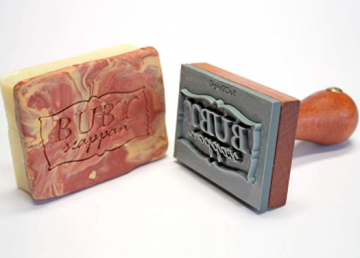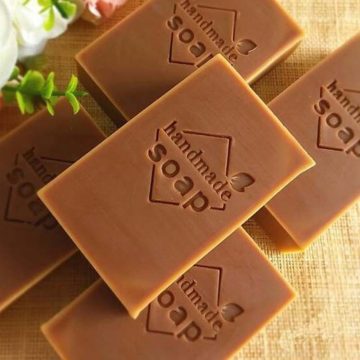The art of soap crafting beauty involves creating handmade soaps that not only cleanse the skin but also enhance the aesthetic appeal of your bathing experience. Handmade soaps can be crafted using a variety of techniques, ingredients, and designs to achieve different textures, colors, scents, and visual effects. Here’s a breakdown of how to approach this art:
Ingredients and Materials:
- Base Oils and Fats: The foundation of soap is created by combining different oils and fats such as coconut oil, olive oil, shea butter, and more. These provide the soap’s cleansing properties and moisturizing benefits.
- Lye Solution: Lye (sodium hydroxide) is necessary to saponify the oils and fats, turning them into soap. Proper safety measures are crucial when working with lye.
- Additives: This includes colorants, fragrances, exfoliants (such as ground coffee, herbs, or seeds), and other beneficial ingredients like clay, activated charcoal, or essential oils.
Techniques:
- Cold Process: This involves mixing the oils and lye solution at a temperature that won’t heat the mixture. The soap mixture is then poured into molds, where it hardens and cures over a few weeks.
- Hot Process: In this method, the soap mixture is cooked after saponification, which speeds up the curing process. This method can result in a different texture and appearance compared to cold process.
- Melt and Pour: This is a beginner-friendly method where pre-made soap bases are melted and poured into molds. Additives like fragrances and colorants can be incorporated before pouring.
Design and Aesthetics:
- Layering: Create layers of different colors and textures by pouring soap at various stages of thickness and firmness.
- Swirling: Incorporate swirls of different colors by gently mixing and pouring the soap mixture. This can result in beautiful patterns.
- Embeds and Inclusions: Place small soap shapes, dried flowers, or other decorations within the soap mold to be encased in the soap.
- Texture: Use tools to create textured surfaces on the soap, enhancing its visual and tactile appeal.
Safety:
- Protective Gear: When working with lye, wear safety goggles, gloves, and appropriate clothing to prevent contact with your skin.
- Ventilation: Work in a well-ventilated area to avoid inhaling fumes.
- Accurate Measurements: Ensure precise measurements of ingredients for safe and effective soap-making.
Curing: After molding, the soap needs to cure for a certain period to allow excess water to evaporate and the soap to harden. This improves the soap’s longevity and quality.
Remember that the art of soap crafting beauty involves creativity and experimentation. You can develop your unique recipes, designs, and techniques to create soaps that not only cleanse but also bring aesthetic joy to your daily routine or even as gifts for friends and family.








